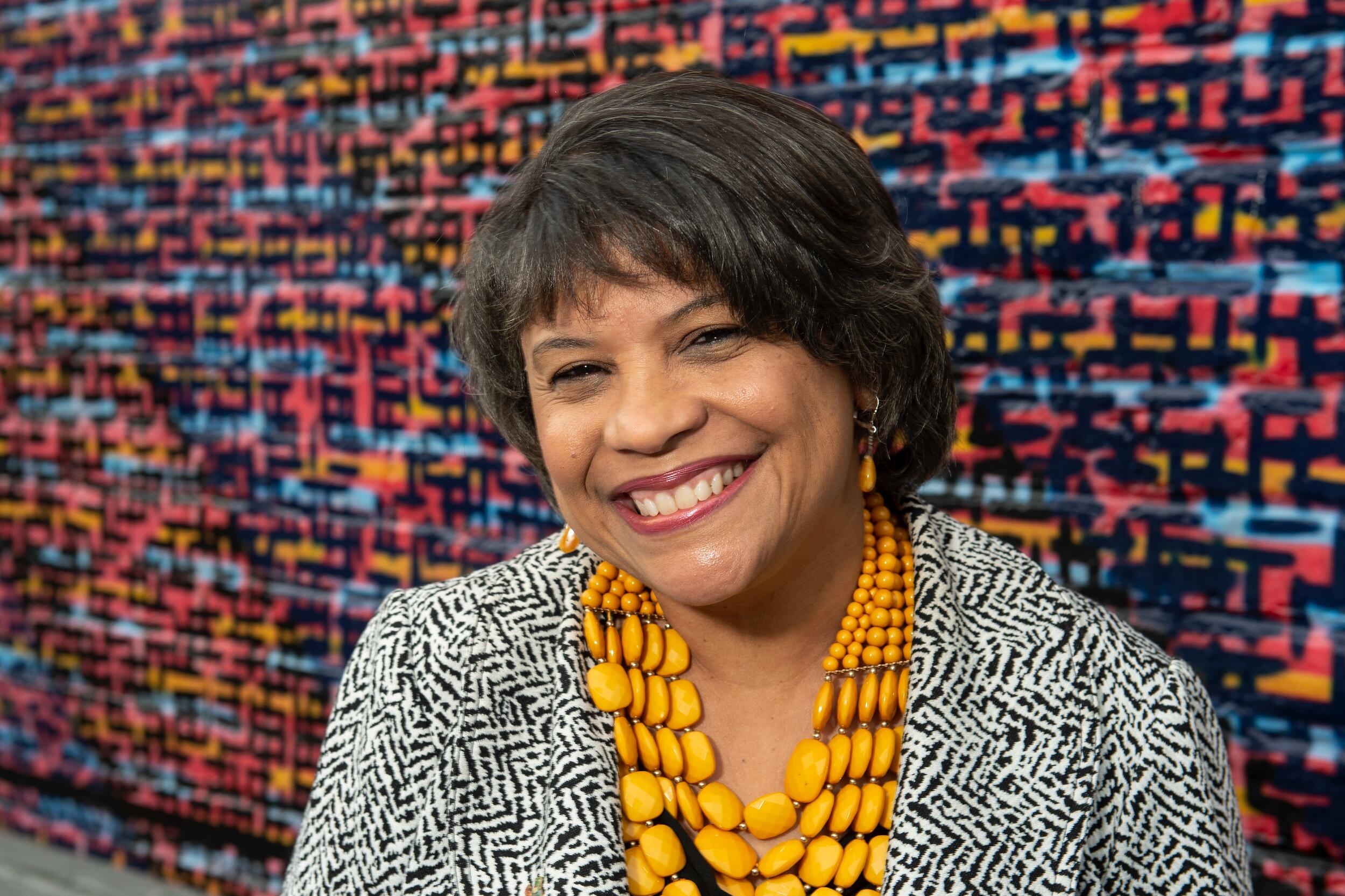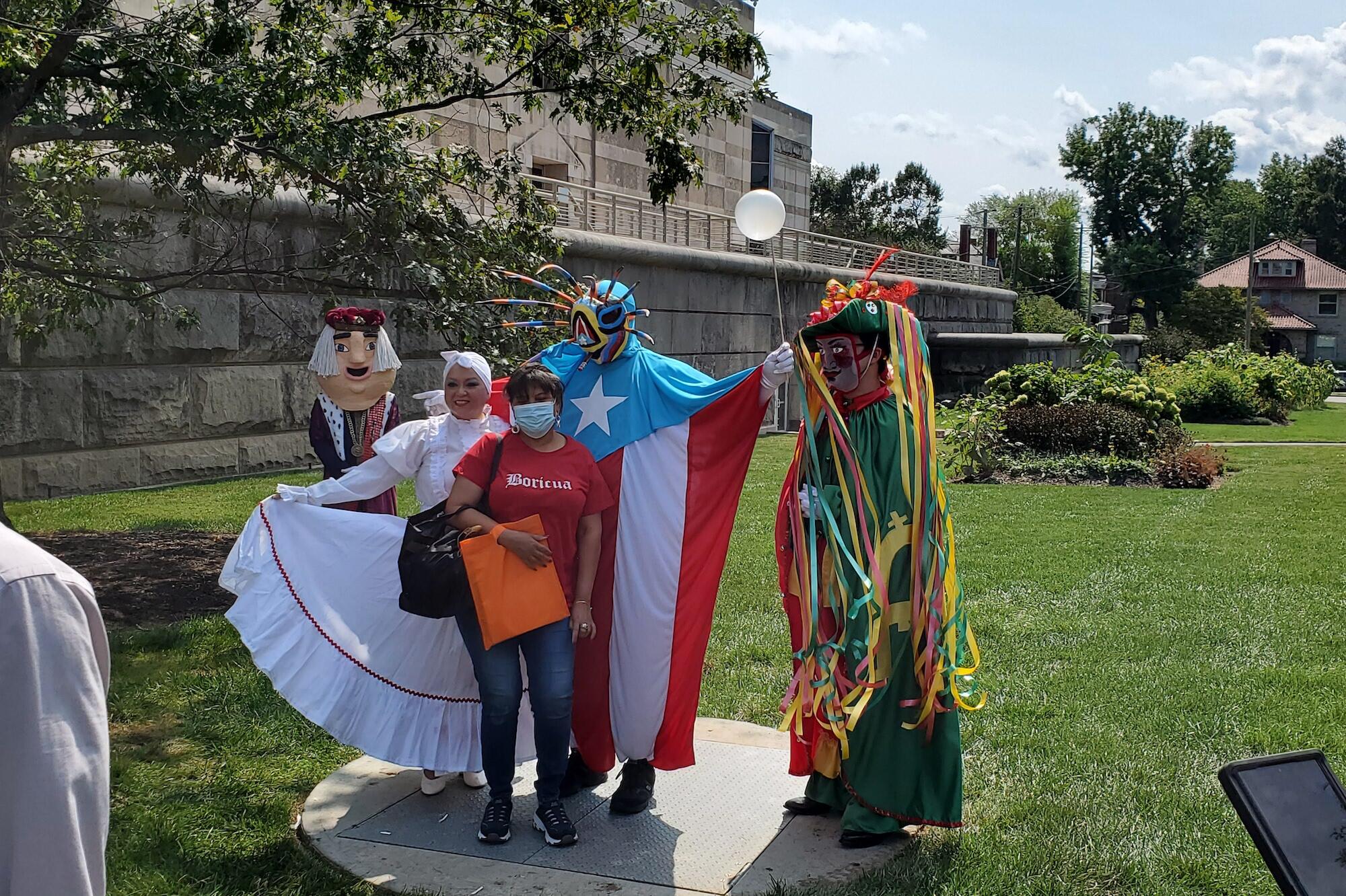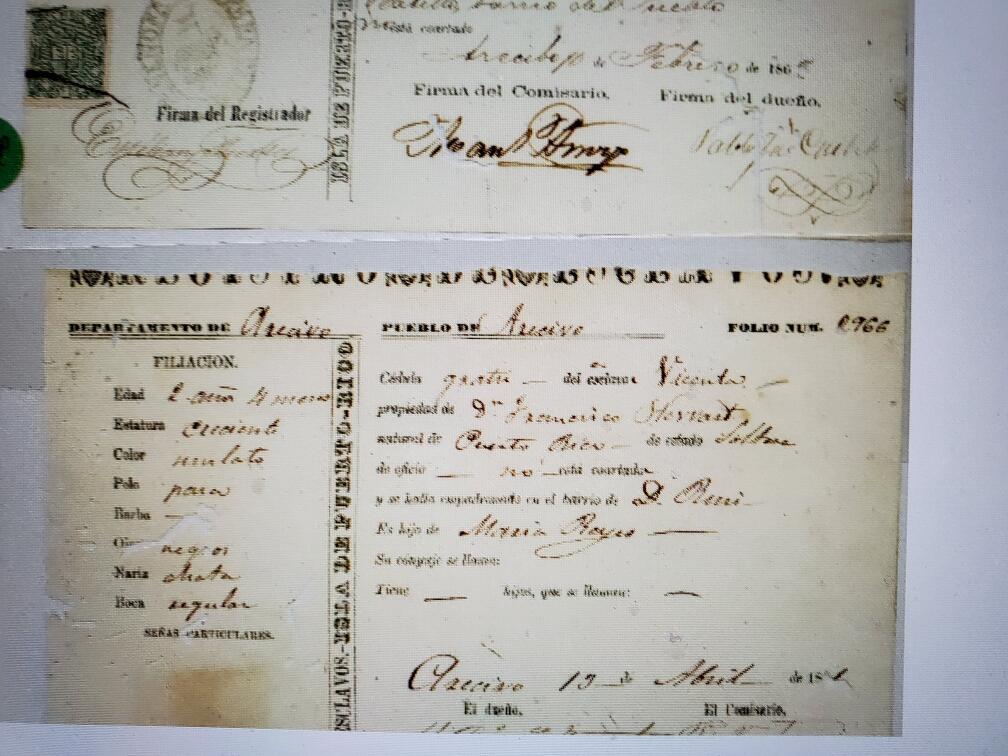
Sept. 17, 2021
As Hispanic Heritage Month begins, it’s important to recognize the diversity within the Latinx community
Through her classes, research and public forums, VCU professor Anita Nadal aims to bring more awareness of what it means to be Black and Latinx.
Share this story
When Lin-Manuel Miranda released his newest film “In The Heights,” he didn’t anticipate the pushback he would get from darker-skinned Latinx residents of New York’s Washington Heights neighborhood, which is highlighted in the movie. The controversy over diversity in skin tone brought to light the subject of racial inequities within the Latinx community.
Anita Nadal, who teaches a course at Virginia Commonwealth University on Afro-Latinx culture, isn’t surprised by the feedback Miranda received.
“Some of my friends that are Dominican Americans and raised in Washington Heights agreed and felt there should have been more darker-skinned Dominicans. They mentioned that the cast in the movie didn’t represent what you see in Washington Heights,” said Nadal, an assistant professor in the School of World Studies in the College of Humanities and Sciences.
Nadal wants to bring awareness to what it means to be Black and Latinx. In a National Survey of Latinos conducted in 2014 by the Pew Research Center, a quarter of U.S. Hispanics identified as Afro-Latino.
“We think of the slave trade as primarily being about the U.S., but the Black experience is not just about North America only,” she said. “Out of approximately 10.7 million Africans brought to the Americas, only 388,000, a tiny percentage, were brought to North America. The rest went to Latin America.”
Nadal will be speaking about “Afro-Latinx in Richmond” at a virtual VCU Office of Multicultural Student Affairs event Sept. 22 at noon, part of VCU’s observation of National Hispanic Heritage Month.

Nadal often talks in her classes about African influences in Latin America as expressed through culture, religion, art and music.
“Africans and descendants of Africans have been victims of slavery and racism, but also framers of its history and contributors to Latin America’s development,” she said.
Many of her students are unaware of the African connection to Latin America, she said.
“They are surprised that the Underground Railroad went to Mexico or that Mexico had a Black president and a Black revolutionary leader who led the war of independence in Mexico. They were never taught these facts and by the time they get to college they are amazed,” she said. “For me, being from Puerto Rico, it was important for my students to learn this and know that the Black experience is not limited to the U.S.”
Students are also surprised that many celebrities today, such as basketball star Carmelo Anthony, identify as Afro-Latino, she said.
Hispanic is not a race or a single overarching community of people, Nadal stressed.
“Students confuse ethnicity and race. Hispanic or Latino can be white, Black, Asian — any of the races — but more and more are starting to identify as Afro-Latino,” she said.
The term ‘Hispanic’ was defined by the U.S. Office of Management and Budget in 1977 and used in the 1980 census. It lumped together a large swath of people from Mexico, Puerto Rico, Cuba, Central or South America and other Spanish-speaking cultures regardless of race.
“The problem with the term is that some people in the U.S. tend to think that all of us are the same,” Nadal said. “When I came to the states, people said to me, ‘you must love tacos,’ but that’s not the cuisine of Puerto Rico. There is a lot of misunderstanding. The word ‘Hispanic’ is problematic. It doesn’t take into consideration all the various nuances of Latin America.”

There is no one term that encapsulates everyone or every race, she said.
“It’s the concept of being put in a box (for statistical purposes). Other countries are not used to that. It’s U.S. centric. Some people in Puerto Rico and Caribbean countries are very mixed. When you mix and mix and then come to the U.S., you are asked to pick one. I check off more than one box,” she said.
Last year, following all safety protocols related to COVID-19, Nadal traveled to the Avery Research Center for African American History and Culture, part of the College of Charleston in Charleston, South Carolina, to conduct research for her course. During her search, Nadal found an original document showing the name of a slave brought from Puerto Rico to South Carolina.
“I wanted my students to see that there were Black Puerto Ricans brought to South Carolina to be sold as slaves,” she said. “Watching their astonishment as they observed the documents was a magical moment.”
Subscribe to VCU News
Subscribe to VCU News at newsletter.vcu.edu and receive a selection of stories, videos, photos, news clips and event listings in your inbox.










